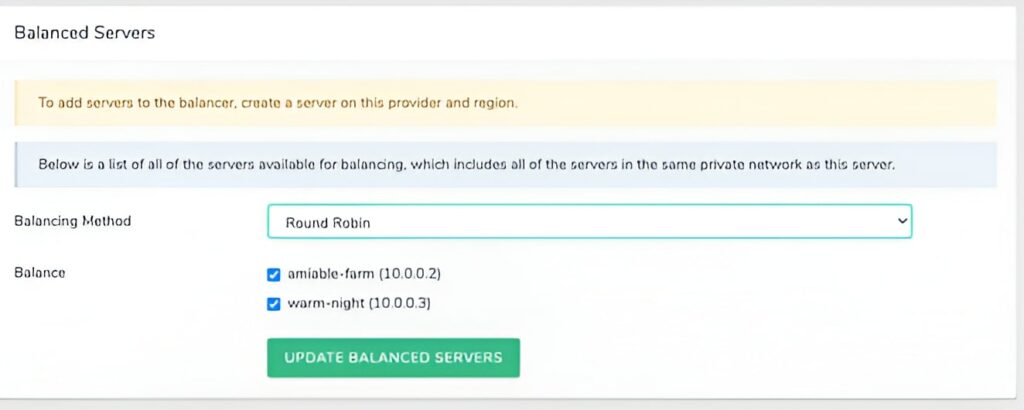Set up a Laravel Forge load balancer with ease. Learn how to distribute traffic. Our Laravel Support Team is always here to help you.
 Forge Load Balancer Setup Guide for High-Traffic Applications
Forge Load Balancer Setup Guide for High-Traffic Applications
Handling heavy traffic on a Laravel application? Laravel Forge load balancer is built exactly for this purpose, routing requests efficiently across multiple servers. This short guide will walk you through everything you need to know, without filler, and make sure you get the most out of your Forge setup.
An Overview

What Is a Laravel Forge Load Balancer?
Laravel Forge load balancer is used to split incoming web traffic between two or more servers. This setup improves performance, enhances availability, and keeps your web app stable during spikes in user activity.
Setting Up
To get started with.
- Provision a New Server: While creating a server on Forge, select the Load Balancer type.
- After Provisioning: Once the load balancer is set up, you’ll be able to create a load balanced site.
- Matching Site Names: Then make sure the domain name or site name matches the site setup on the backend servers that will receive the traffic.
Assigning Servers
After the site is added to the load balancer:
- Forge will prompt you to choose which servers should handle the traffic.
- Then The list will only include servers in the same private network as the load balancer. This ensures secure and efficient internal communication.
Methods
Forge supports three routing strategies. You can switch between them anytime depending on your app’s behavior:
- Round Robin – Distributes traffic evenly to all available servers.
- Least Connections – Routes new requests to the server currently handling the fewest connections.
- IP Hash – Uses the client’s IP to determine which server handles their request, providing more consistency for returning users.
Configuring Load Distribution Rules
Load balancer gives you control over how traffic is split:
- First, set up custom routing rules based on the request URL or domain.
- For example, you can send traffic from different subdomains to different backend servers, depending on how your services are structured.
SSL/TLS Termination Support
Forge allows you to handle HTTPS connections directly at the load balancer:
- You can configure SSL certificates directly on the load balancer.
- Then It decrypts the traffic before forwarding it to the backend servers. This reduces the SSL load on your main app servers.
Monitoring and Scaling
Next, keep your deployment ready for growth:
- Forge either integrates with monitoring tools or offers its own options to track server health.
- Afterward when your traffic grows, it’s simple to scale horizontally by adding more web servers to the load balancer pool.
[If needed, Our team is available 24/7 for additional assistance.]
Conclusion
Altogether Laravel Forge load balancer is a reliable tool for anyone managing Laravel apps that serve real traffic. From traffic distribution to rule-based routing and also SSL handling, it does what it needs to without unnecessary complexity.
Moreover, use this to stay ahead of traffic spikes, and make sure your app runs without interruption. No overthinking, just efficient, production-ready load distribution.







0 Comments